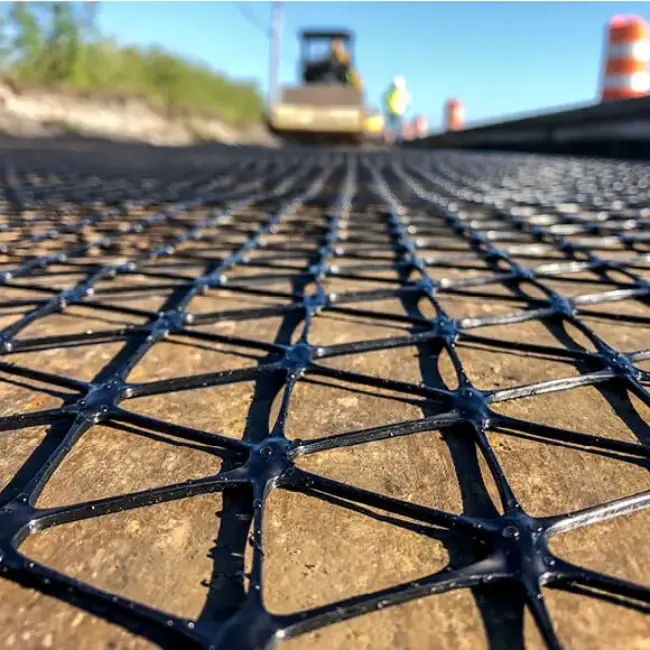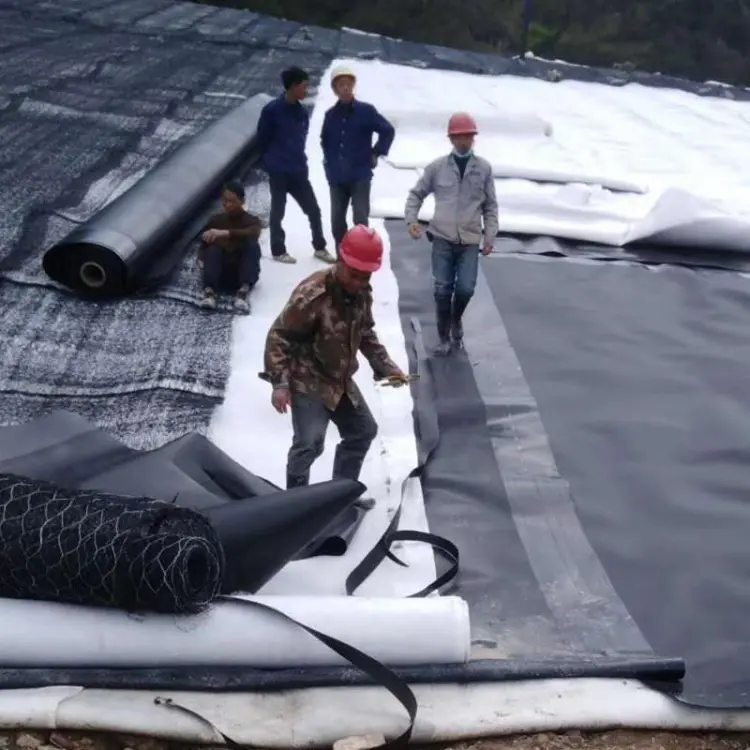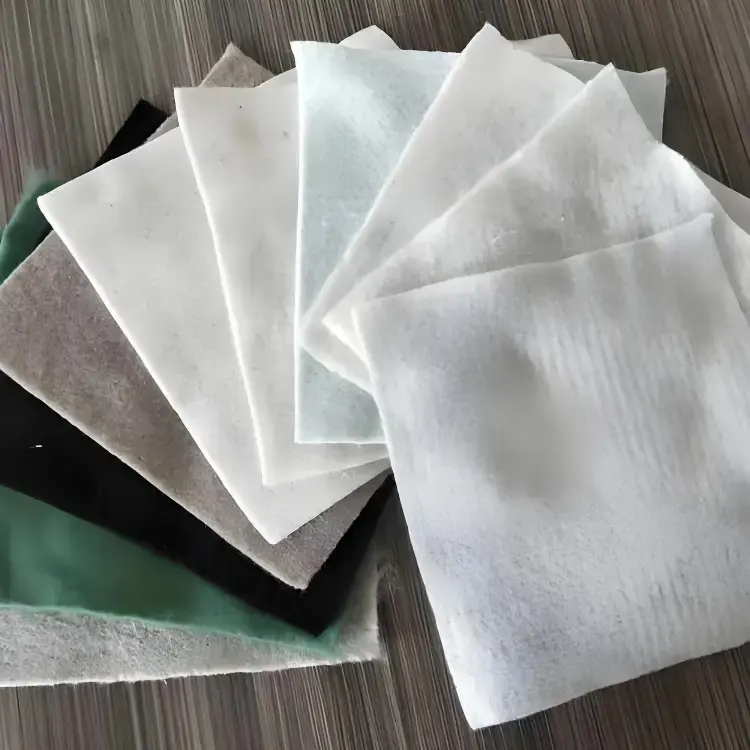Polypropylene triaxial geogrids have emerged as revolutionary geosynthetic materials, transforming civil engineering projects with their unique three-dimensional hexagonal structure and superior mechanical properties.
▌ 360° Stability Enhancement
- Triangular apertures provide multidirectional reinforcement (longitudinal/transverse/vertical)
- Reduces soil settlement by 40-60% in soft soil foundations and high embankments
- Maintains structural integrity under dynamic loads (e.g., seismic zones)
▌ Unmatched Load-Bearing Capacity
ParameterImprovementStress distribution35% more uniform vs biaxial gridsSubgrade settlement≤3mm/year in highway applicationsBridge abutment lifeExtended 2-3x
▌ Advanced Aggregate Interlock
- High-rib profile achieves 90% particle confinement
- Reduces ballast degradation by 55% in railway tracks
- Maintains optimal gradation in asphalt pavements

▌ Rapid Deployment System
[Installation Efficiency]
Step 1: Subgrade preparation → Step 2: Geogrid placement (≤2 workers) → Step 3: Aggregate layering - Cuts construction time by 30% vs traditional methods
- Adapts to complex terrains with 15° bending radius
▌ Sustainable Infrastructure Solution
- 100% recyclable polypropylene composition
- Reduces aggregate usage by 25% (LEED credits eligible)
- 50+ year service life in corrosive environments
Implementation Case: High-Speed Rail Project
Results after 5-year monitoring:
- Track geometry deviation: <2mm
- Maintenance cost reduction: $120K/km/year
- Carbon footprint: 18% lower than conventional reinforcement

